Following InReview’s discussion with former Telltale Games CEO and co-founder Dan Connors, it would be appropriate to review and discuss what was arguably TTG’s most noteworthy work — The Walking Dead.
The Walking Dead was active for four seasons, including a couple of spinoffs. In total, this began with the first season in 2012 and ended with the fourth, final season in early 2019. This piece will discuss all four seasons, in terms of the quality of story, characters and general cast, immersive value and anything else in particular which may be noteworthy about that particular season.
Let’s begin.
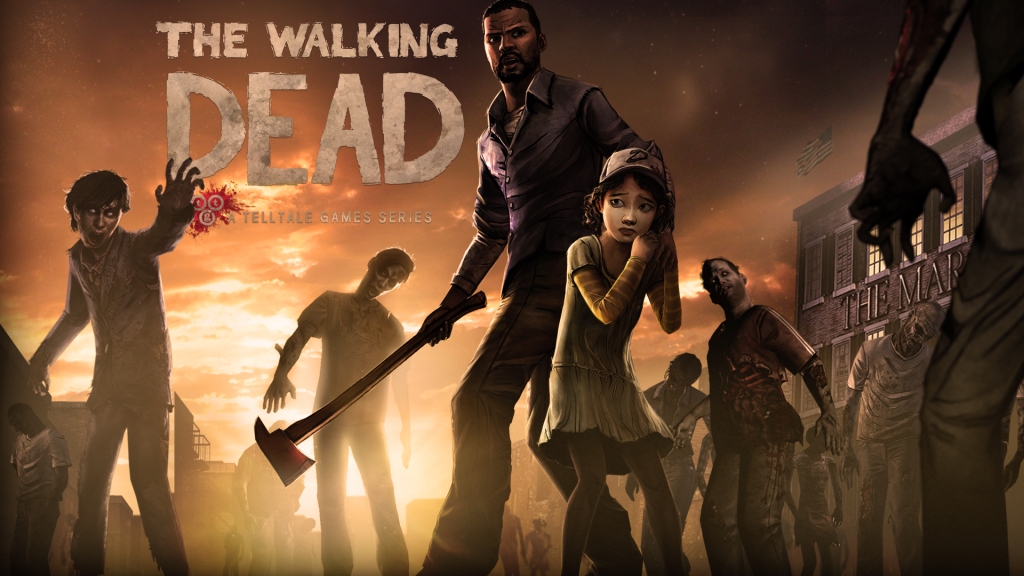
Season 1
Season 1 was, in hindsight, definitely The Walking Dead’s most memorable. Here, the player takes control of a man named Lee Everett, who meets another notable character named Clementine early on. Their journey together is the main focus of the season — pretty much all of the characters and settings continue to place the relationship between Lee and Clementine as a major focus.
Overall, the cast and characters from the season were mostly flawless, gathering a grade of an A. In Season 1, Larry is the perfect hateable side character — he is racist, incredibly abrasive, deliberately tries to get Lee killed towards the end of the first episode and discovers a very important secret about Lee that he holds over his head for leverage.
Then we have another compelling character in Kenny — a man who really brought out the immersive value of playing a choose your own adventure game. Player decisions will greatly impact Lee’s relationship with Kenny, and quite a few of said decisions are highly ethic oriented in nature.
Storytelling in Season 1 also receives an A. Zombies or, walkers, may not exist in real life (yet) but Season 1 did a really good job portraying the struggles of what a theoretical apocalypse would pose; supplies in the local area the survivors reside in begin to dwindle, there are hostile forces of humans as well as undead, and traveling extensively proves to be a truly draining journey. Lives are lost, relationships strained, hardships in general are quite common as they would be if such a scenario took place in real life. The season was simply loaded with interactive material that really does a good job showing off how things would carry out if the player was handling it in the real world.
Overall, Season 1 gets a grade of A+. Emotional scenes tend to be very powerful, giving weight to player decisions and enhancing the story as a whole. A strong cast of characters and a story of good length and strong writing gives this season wings. It’s no surprise it was successful on the national scene, gathering multiple Game of the Year awards.
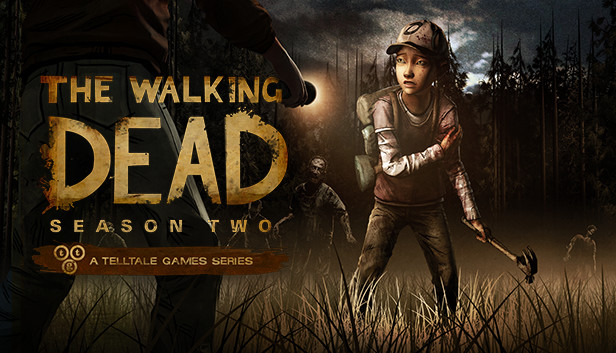
Season 2
Season 2 shifts the player’s perspective over from playing as Lee in Season 1 into playing as Clementine in Season 2. Here, the main focus for the most part is watching Clementine really grow as a character, having to adapt from being a fairly helpless little girl from Season 1 into an entirely self sufficient apocalypse survivor in Season 2.
Our selection of characters here overall didn’t make the same level of impact as Season 1’s cast did, but we still got a nice blend of names. We witness the return of Kenny after he seemed to definitely have been killed by walkers in Season 1. Here, there is a large focus on his deteriorating mental state, causing him to become progressively more irritable, profane and especially violent, which becomes a secondary story of its own late in the season.
Sarah is another character who was quite memorable in this Season, mainly as her story is juxtaposed to Clementine’s. As we heard from Dan Connors, Sarah didn’t necessarily have any confirmed mental condition that caused her to be quite a bit ‘off’, but as someone who takes on the appearance of a girl in her possible mid to late teens, seeing her be incredibly helpless compared to Clementine, who had her coming of age much, much earlier, it is an interesting arc nevertheless.
William Carver is TWD’s first in-your-face brutal antagonist who is introduced early and takes on a very prominent role during Episodes 2 and 3. He is notably voiced by Michael Madsen, who did a truly flawless job with the role.
Finally, we eventually get introduced to Alvin Jr or, AJ, a baby who will become a much more notable name in future seasons.
Storytelling in this one was definitely good, but it wasn’t quite up to par with Season 1. Immersive value is considerably less; though player decision still impacts the story, it is to a far, far lesser extent than Season 1. The most impactful, long-lasting decision made comes at the very end of the entire season. Decisions made up to this point do illicit different opposing reactions from one another, but really don’t have the same impact that Season 1 did as they tend to play out the same in the grand scheme of things. For example, at the end of the third episode, a notable character becomes bitten by a walker right in front of the player, and they then have the option to try and cut the character’s arm off to prevent them from becoming a walker, or avoid cutting their arm off and basically just hope for the best. Either way, the character will die very early in the fourth episode regardless of the decision made here. This type of dynamic is pretty common in notable moments throughout the season as a whole.
Overall, Season 2 deserves a grade of a B. It’s a fun experience for sure, and will definitely satisfy people who are fans of immersive, interactive content. However, much like future seasons, it simply failed to follow up Season 1 with the same type of qualities that made Season 1 a cult classic.
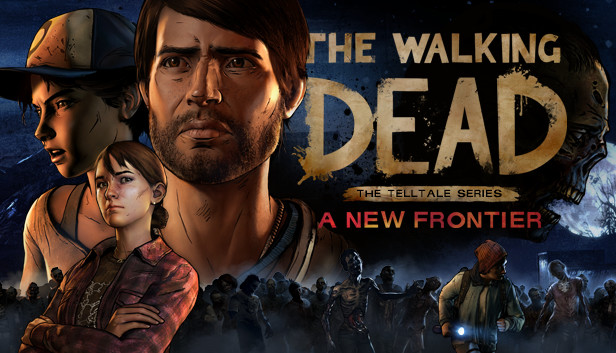
Season 3
Season 3 once again provides a perspective change, though it does so with an entirely new character. Javier Garcia and his family step under the spotlight here, and the player will be playing as him all season long. It isn’t entirely clear at first what this Season was going for, but it eventually turns into a journey of Clementine attempting to relocate AJ and get him back where Javier becomes the player’s focus for some reason.
Overall, the cast of characters in this one was unfortunately relatively forgettable. If this was TWD’s first season and everyone was a ‘new’ character, it would’ve been pretty decent. Still, coming over from two seasons where Clementine was an enormous focus, it was quite odd to see her shift into a background character of sorts in this one. The Season tried to put a couple of Javier’s personal relationships into an important spotlight, but it ultimately failed to do so.
In traveling with his family to try and find refuge of some sort, Javier accidentally bumps into his long lost brother David who is a major authoritative figure in the community. There would’ve been room to make this reunion impactful on an emotional level, but David’s character didn’t really see enough attention to realize it. Likewise, Kate is a fairly generic character whose relationship with Javier, potentially in a romantic context, was fairly cliched and hard to seriously care about.
Speaking of romantic relationships, we potentially see one for Clementine, as she can, player decision pending, take an interest in a young man named Gabe. Sadly, Gabe became easily the most irritating, impossible-to-like character in franchise history and was just a general annoyance without any sort of satisfying character arc.
Storytelling in this Season was quite alright. In terms of immersion, this one was a step up from Season 2. Major life-or-death decisions the player must make to shape the story have actual long-term ramifications, and don’t just lead to a slightly different scene where everything ultimately turns out the same. If our cast of characters had been more impressive, it’s quite likely Season 3 would’ve been even more of a success than it ended up being.
Season 3 deserves a grade of a C+. It was ultimately a fairly confusing direction for Telltale Games to go. It definitely seemed to try and be a sort of stopgap to set up Season 4, similarly to how Marvel used Avengers: Infinity War to set up Endgame. However, the fact that nobody other than Clementine or AJ is ever seen after Season 3 further went to undermine the impact Season 3 ended up having in the grand scheme of things. A fun season to be fair, but it didn’t stack up well against other Seasons, especially the first, at all.
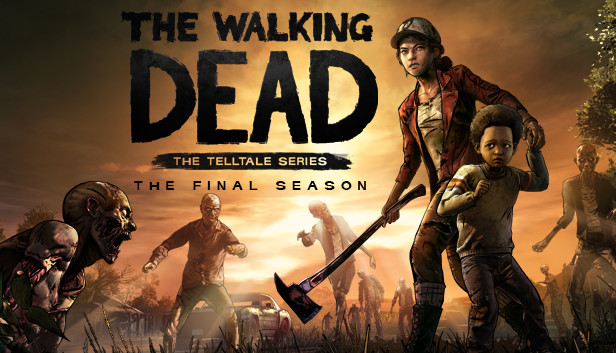
Season 4
With Season 4, the player returns to playing as Clementine and leaves behind almost every single other important character from Season 3 entirely. The Season begins with Clementine and AJ traveling in an initially unknown location in a fairly generic set of woods. With their resources dwindling, finding somewhere safe they can take refuge in is the first order of business. This eventually manifests into the larger theme of the season — Clementine taking care of AJ and molding him into someone who can be self sufficient within the apocalypse, very similar to how Lee took care of Clementine in Season 1. Eventually, the two end up staying with a large community of former delinquent kids who had turned their old school into a safehouse of sorts.
The cast of characters in this one was kind of all over the place. Apart from Clementine and AJ, the most notable character for sure was the return of Lily Caul — much like Kenny, she seemed to have almost definitely ended up dead or worse following her departure in Season 1, only to end up making a surprise return here.
Marlon, the leader of the group, briefly and initially takes on somewhat of a ‘hateable character’ trope. He quite literally beats a female peer to death with a flashlight. He was also found to have “sold” a couple of his peers off to a group of bandits in exchange for “protection” while lying to his other peers about what happened to them. Exposing him to the broader community and ensuring he sees justice for his wrongdoings ends up being a fairly major portion of the first episode, and this story arc was satisfying to play through.
Where we had Gabe in Season 3, Season 4 introduces Violet and Louis as two other people for Clementine to, player decision pending, become romantically involved with. Overall, both make for significantly better developed overall characters than Gabe was in Season 3, and depending on player choice, both can experience fairly satisfying “coming of age” type tropes which eventually lead to their relationships with Clementine, romantic or not, blossoming quite nicely.
Storytelling in this one was a little rough around the edges and seemingly rushed, but considering Telltale Games quite literally collapsed before the Season was ever finished, this is understandable. The beginning of the Season, before TTG kicked the bucket, was very well done with good immersive qualities and a number of characters who were actually worth investing in emotionally. It is truly too bad Dan Connors’ pitch to include Lily Caul’s uncle, to play a Larry-esque role, did not come to fruition as this would’ve been a very tense, welcome addition to the cast.
The biggest blunder, storytelling wise, comes at the end of the season where the player comes into a difficult decision when a tragedy befalls Clementine. In Season 1, Lee gets bitten and eventually seems to succumb to the infection — the decision between putting him out of his misery or leaving him to likely turn into a walker was powerful because it was one with ultimate results — one way or the other, it is very clear what happens and the player has to make an emotional sacrifice either way. Here, that simply doesn’t happen, and Telltale missed out on an opportunity to end the entire franchise off on a powerful note.
Overall, Season 4 gets a grade of B. Considering the inner workings of Telltale greatly hindered the season’s overall product, there’s no doubt that the ceiling was quite higher than a B for this one. Even still, this Season was definitely enjoyable with plenty of great immersive qualities.
Overall, I’m inclined to give the entire four Season franchise a grade of B+. There was definitely noticeable drop off after Season 1, but as standalones, all Seasons were fun experiences for sure. At the time of writing, Telltale has released a “Definitive Edition” for The Walking Dead which came out a little over two years ago, where the player can play each Season in addition to a few spin-offs all in one bundle for a very reasonable price — definitely take advantage of this if you can.

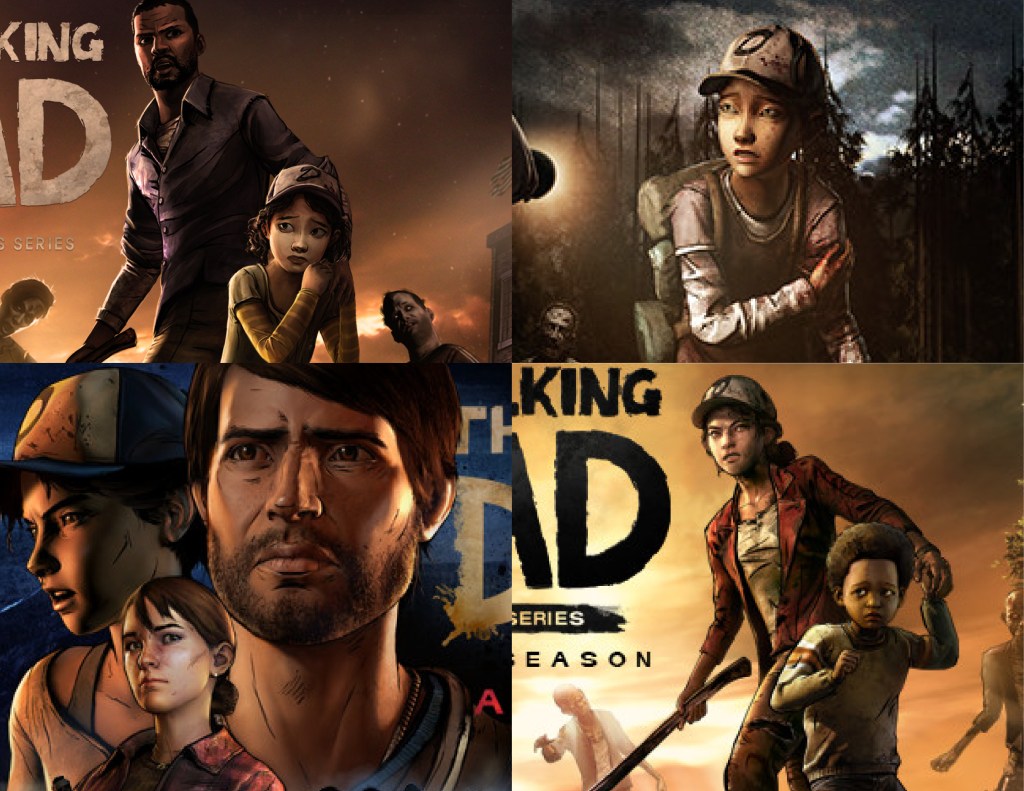
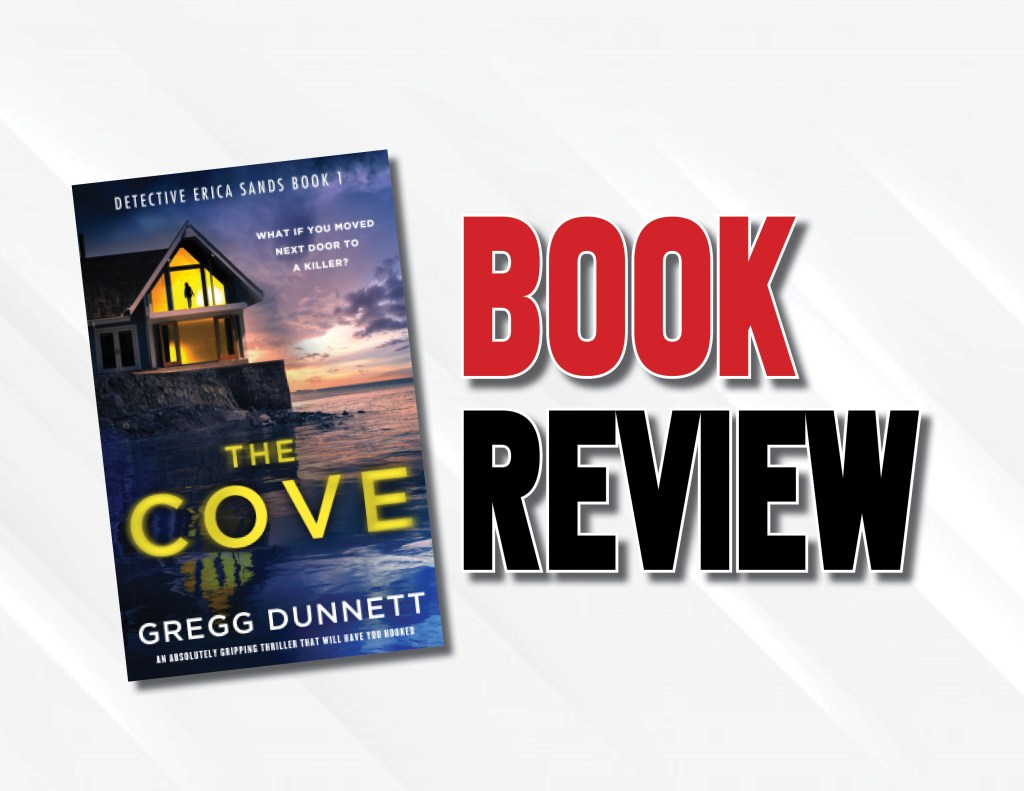



Leave a comment